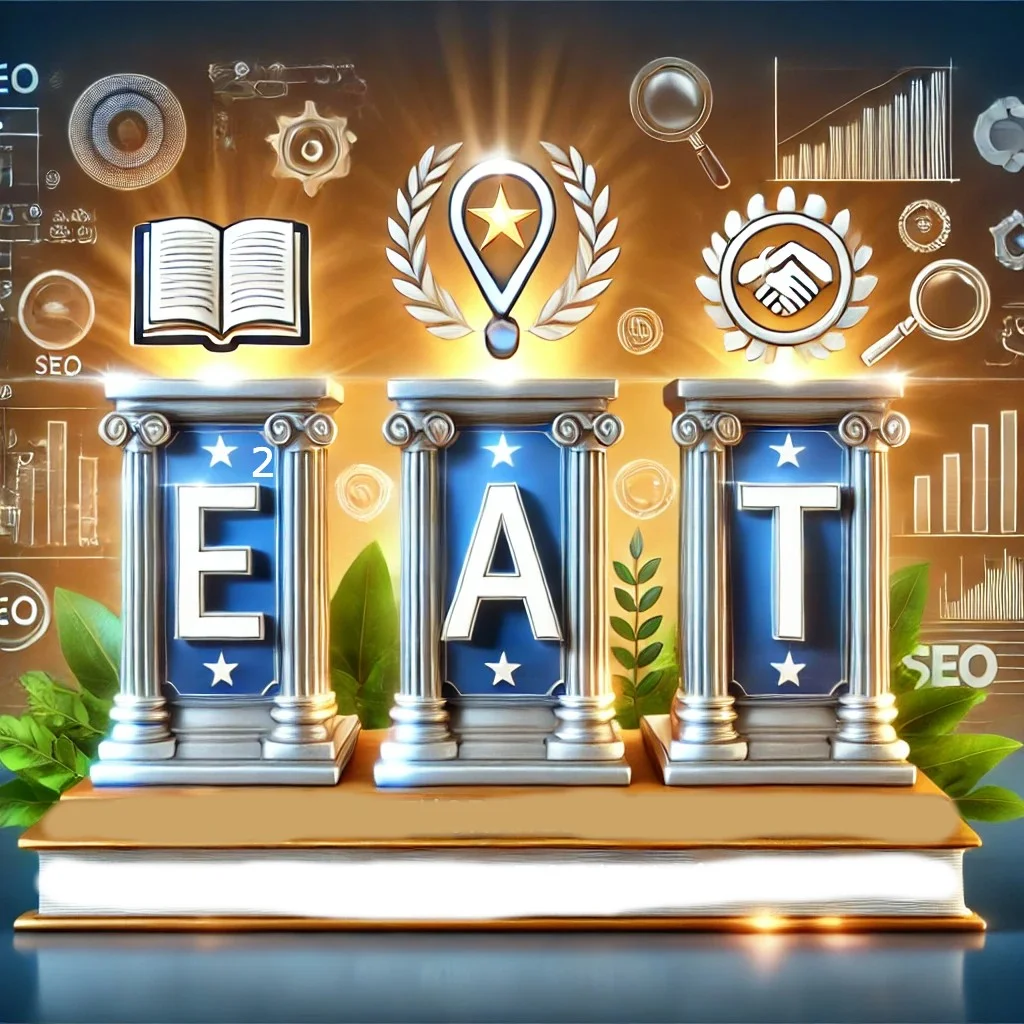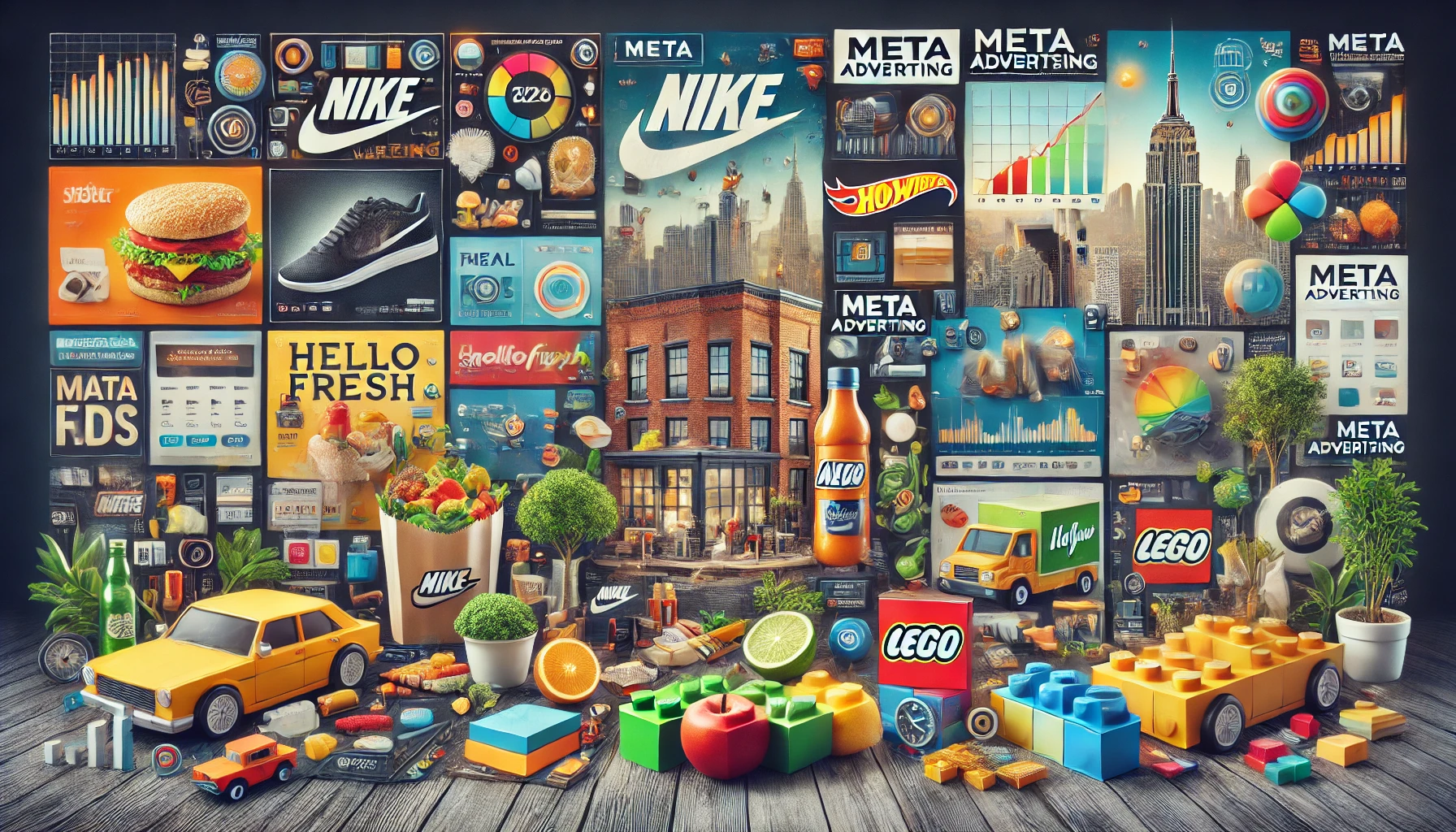We all know that organic growth is essential for business, but do you know why? How does one achieve it? Heck, what is organic growth anyway?
In business, organic growth differentiates itself from inorganic growth like this:
- Organic growth involves a company increasing its revenues through internal operations, such as marketing and promotion, sales and distribution, and product innovation and development. While organic growth is often a slow process, it is generally more sustainable and long-lasting.
- Inorganic growth involves a company increasing its revenues through more aggressive tactics, such as acquisitions, mergers, and joint ventures. Inorganic growth has the advantage of instantaneous market share gain, but it often requires a much steeper financial investment with a greater risk of diminishing returns over time.
For any business operating in the online space (and, really, what business isn’t nowadays?), one of the best ways to generate organic growth is through SEO. The tricky thing about SEO, however, is that it’s an ever-changing landscape. Every year sees advancements that render previously reliable digital marketing techniques obsolete.
Staying ahead of your competition often means staying at the forefront of the latest SEO trends. Below is a list of nine (count ‘em: nine!) new SEO techniques you absolutely need to adopt to grow your business in 2023.
Important New SEO Trends You Should Be Focusing on
Consider Voice Search When Picking Keywords
It used to be that if you saw someone standing around talking to themselves, you’d probably try to avoid them. Now, thanks to voice-activated apps like Google Assistant, Apple’s Siri, and Amazon’s Alexa, everyone is doing it! It’s even begun changing the way online businesses do SEO.
With the number of worldwide households that own a smart speaker currently sitting at 130 million, there’s no better time to rethink your approach to keywords. People speak search queries differently than they type them, which means long-tail keywords that utilize natural language are increasingly preferable to shorter, choppier ones.
Additionally, voice search makes it so that page content that has a more conversational tone is likely to do better than more dry or technical material. Certainly something to keep in mind during the content creation process.
Getting Featured Snippets Should Be a Top Priority
When you have a pressing question that needs answering, the first person you find with a useful solution instantly becomes your new best friend. If you want that person to be you, then featured snippets are one of the top SEO techniques in your arsenal.
Rolled out by Google in 2017, featured snippets are excerpts from a page’s content that are featured at the very top of a SERP, a coveted spot for anyone looking to attract visitors. Users are invariably attracted to pages with featured snippets, making them a huge boon to a company’s web traffic and conversions.
So, how do you get a featured snippet for your page? Aside from targeting high-volume, low-competition keywords, the shape and structure of your content play a major role. Some types of content that can help you optimize for Google featured snippets include lists, how-to guides, glossaries, and FAQs.
Emphasize Long-Form Content to Boost Web Traffic
Shakespeare famously said that “brevity is the soul of wit.” Of course, the Bard of Avon didn’t have to worry about search engine ranking factors back in the 16th century. In modern times, brevity and wit take a backseat to authoritative informational value.
While “longer” doesn’t always mean “better,” long-form content is generally favored by users who view it as more comprehensive. As a result, pages whose content is around 3,000 words in length tend to have longer dwell times and also receive more shares on social media. Additionally, long-form content gets more backlinks, and it makes keyword optimization a much easier process for creators.
That’s not to say you should overwhelm users with giant walls of text. Quite the opposite: breaking longer pieces of content down into several smaller sections, or even using them as hub pages, lends itself better to audience engagement. Even better, it communicates to search engines that this is the material you consider important for audiences to see.
Artificial Intelligence is Bigger & Better Than Ever
What once is science fiction is now science fact. The robot revolution isn’t imminent; it’s already here! Instead of chrome-plated Terminators, though, today’s artificial intelligence takes the form of enterprise-scaling business automation and hyper-advanced search algorithms.
With each passing year, AI programs become smarter, faster, more efficient, and more human. To wit, since its unveiling in 2015, Google’s RankBrain system has risen to become one of the most important ranking factors for SERPs, a trend that is expected to continue well into the future.
Although Google keeps the details of how exactly RankBrain works under wraps, careful study suggests it favors pages with high click-through rates and well-curated content organization. A poor user experience, therefore, translates to a lower PageRank score.
Improve Audience Engagement with Deep Linking
One of the best ways of driving traffic to your website and boosting your search engine ranking is with backlinks. Links today, though, aren’t merely limited solely to directing users to a specific page; they can also be used to direct users to a specific section, passage, or sentence.
This is called deep linking, and it’s becoming more and more common. In fact, Google recently introduced passage ranking, a system by which its crawlers can individuate a page into separate parts, then rank each of those parts in response to user search queries.
By getting not just backlinks but deep links, it’s possible to turn a single page of content into a multi-headed hydra, one capable of actively engaging users without ever disrupting the conversion funnel.
EAT Your Way to Higher Quality Content Creation
No, you’re not hallucinating from hunger; the header above really does suggest EATing as an organic SEO technique. In this case, though, it doesn’t have anything to do with gorging yourself on delicious Old Forge-style pizza. In digital marketing, EAT stands for “expertise, authoritativeness, and trustworthiness.”
More than just a cute acronym, EAT is a principle used by Google to score pages in relation to certain user searches. As noted earlier, the informational value of a piece of content is equally as important as how many keywords and backlinks it has. Actually, scratch that. It’s more important.
Google is no longer easily manipulated by spammy content, and visitors are no longer satisfied with impersonal, general, bare-minimum coverage. They want details. They want to hear your voice. And they want to feel like you know what you’re talking about better than anyone else.
The Future of SEO is Not Just Global, But Local
It used to be that the goal of smaller businesses was to expand their reach to a more national or even international level. While broadening brand awareness in order to reach a more global audience remains key, today the dynamic has somewhat shifted. Now, big and small businesses alike recognize the growing importance of local SEO.
More and more, people are using search engines to find local solutions, with “near me” become an extremely keyword modifier in recent years. This has subsequently caused search engines to prioritize local businesses (or, at the very least, businesses with local service access) in their SERPs.
This makes updating and maintaining your local citations more important than ever. It also highlights the importance of doing dedicated local-oriented keyword research and developing local backlinks. Don’t skimp on your regional customers; they’re your bread and butter.
Optimize Keywords for Intent & Semantic Search
Once upon a time, search engines were very, very stupid. Early on, they could really only analyze the exact phrase a user queried, then they’d go looking for pages that contained that same phrase. Fast forward to the current year, and search engines have gotten a lot smarter. They’re now very good at thinking like human beings, which means they know how to factor in search intent and semantic context.
As search continues to evolve, user intent and semantic search will only become more prominent aspects of digital marketing. To keep up with this evolution, you can’t keep using the same old keyword-targeting tactics. It’s essential to embrace modern SEO techniques to stimulate fresh organic growth opportunities.
Simply put, you have to think about your audience. Identify not just their demographics, but their psychographics: their personality traits, lifestyles, interests, and online behaviors. When used hand-in-hand with intent-based keyword tiers, this kind of data is just as useful to marketing as age, sex, and location statistics.
Every Page of our Site Should Be Mobile-Friendly
It’s no secret that the vast majority of people’s web usage these days is facilitated by mobile devices like smartphones and tablets. Amazingly, though, there are still a surprising number of businesses whose websites aren’t specifically optimized to be mobile-friendly.
Mobile web design isn’t simply a matter of translating a horizontal page format into a vertical one. It may acquire you to readjust text sizes and image placements, simplify layouts, limit pop-ups, and reduce the number of slow-loading elements in favor of universal compatibility.
Just a few short years ago, Google announced the implementation of mobile-first indexing. This effectively makes the mobile versions of a pages its defaults, not the desktop version. Simply put, if your pages aren’t optimized for mobile, then they’re not optimized. Period.
Leverage Today’s Top SEO Trends for Organic Growth
Trying to stay ahead of societal and technological progress sometimes feels like trying to outrun a racecar. With the right digital marketing professionals by your side, however, your business can benefit from all the hottest new SEO techniques before they become commonplace or obsolete.
Don’t just stand there on the side of the road, watching everyone else pass you by. LSEO has a racecar of its own, and there’s always room for one more. So hop in, buckle up, and let us help you cross the finish line in first place.
Contact us today!



